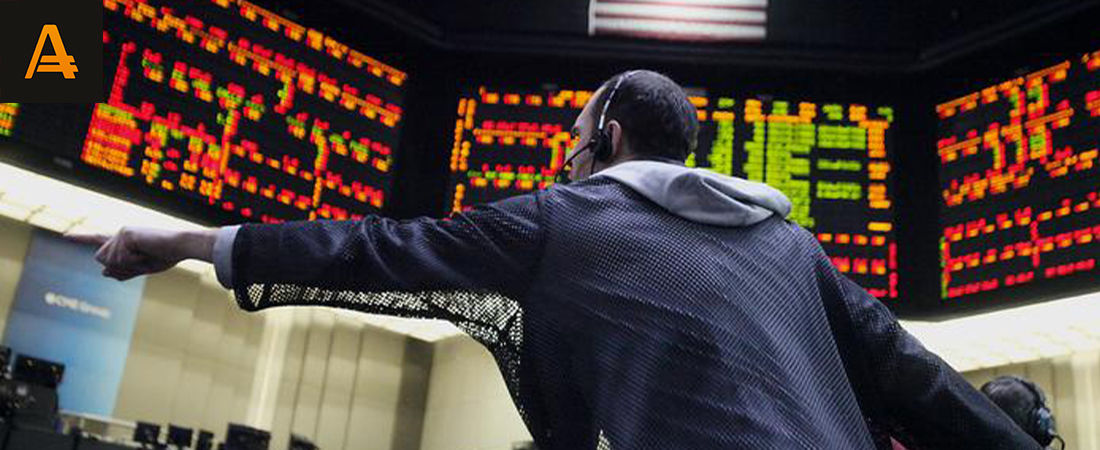In today’s post, you’ll learn how to trade without trading indicators using Price Action. The term price action refers to the financial asset’s price movement. Price action is a combination of candlestick analysis and trading without indicators. When making their first steps in trading, many traders decide to give it their all. They begin to study technical analysis and attempt to analyze the market using a bunch of indicators only to realize eventually, that you can trade with a clean chart. Generally speaking, the Price Action strategy has been there for over 50 years, and many traders like it for its simplicity and effectiveness.
Let’s talk about the basics of Price Action and give its definition. Price Action is a part of technical analysis. Being a rule-based system, price action strategy complements and expands its capabilities. While a traditional trader prefers to analyze the market using indicators and graphical figures, the Price Action supporters base their predictions on candlestick patterns and formations of bars. What is a pattern? A pattern in the Forex market is an established combination of candlesticks that manifests itself on the chart under certain conditions.
It would be wrong to say that price action traders do not use indicators at all. They consider it as an additional tool. For example, traders can often use moving averages and oscillators. But for them, indicators just complement the general picture, they are not part of their trading system.
So, why do the traders find the Price Action so attractive?
First of all, it’s a very flexible strategy that can be applied both in the currency and stock markets. Second, it’s easy to use, compared to other strategies.
What timeframes can be Price Action used on? Essentially, on any of them. As we have already mentioned, the strategy is extremely flexible, so it can be effectively used at different time intervals. However, it’s worth noting, that Price Action has proven itself best in long-term trading, where trading is carried out using a daily or 4H timeframe. The advantage of these time periods is that there is almost no market noise, which only distracts the trader. Another advantage of long-term trading is that it’s less time-consuming. A trader can spend 15 minutes per day looking at the chart to understand whether it is worth entering the market or not.
Besides, it’s enough for a trader to learn only 2-3 patterns to ensure a steady profit and positive trading results. The most important thing here is to wait until one of these patterns appear on the chart and be able to identify it since the market rarely offers a clean pattern.
How the system works
- Let’s consider a simple algorithm. It all starts with the chart analysis. We wait until the price reaches a strong level. Usually, it’s either support or resistance level. Many traders suggest considering resistance only, as uptrends are slower and last longer than downtrends.
- Next, you need to wait until the Japanese candlesticks start forming a pattern somewhere in the area of that strong level. As a rule, the more complex the pattern, the stronger the signal. At the next stage, we wait for the confirmation of the signal and for the completion of the candlestick pattern. This way, we’ll make sure that the price is heading in the right direction, as expected.
- By the way, there’s a number of indicators developed to help traders work with this strategy. Such indicators automatically determine the patterns on the charts, and the trader only needs to choose the right one. For additional filtering, you can use classic indicators like Stochastic or MACD.
Well, now you know everything you need to know about Price Action. In our next posts, we’ll pay more attention to patterns and trading strategies using this system.
If you like our articles, follow us on Facebook and Instagram. Stay tuned for more interesting posts on our blog. We post new material several times a week.







